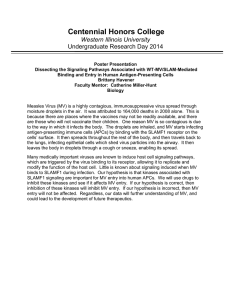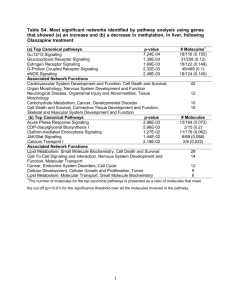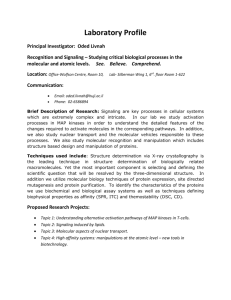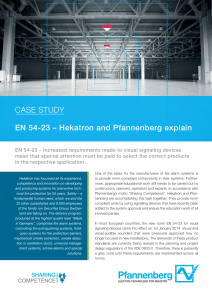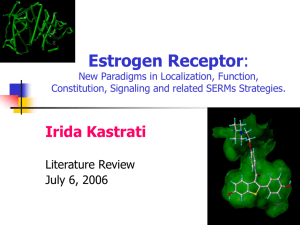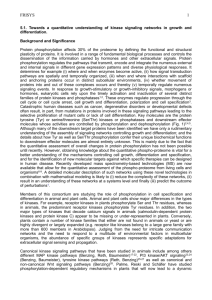role of non-genomic signaling in the tissue
advertisement
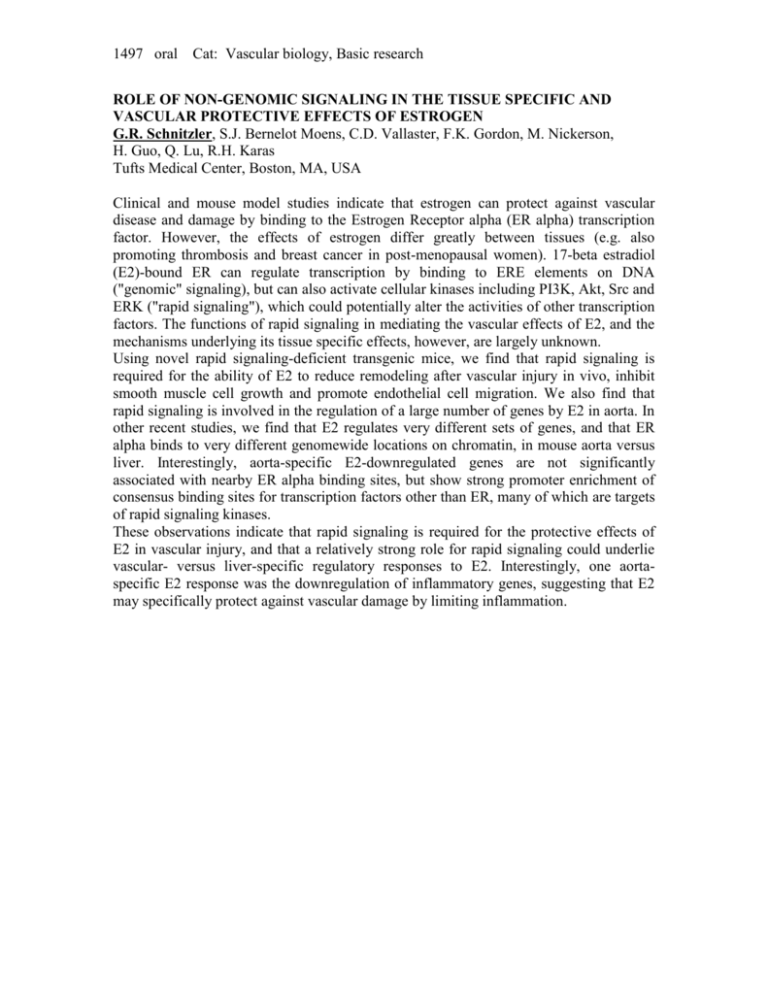
1497 oral Cat: Vascular biology, Basic research ROLE OF NON-GENOMIC SIGNALING IN THE TISSUE SPECIFIC AND VASCULAR PROTECTIVE EFFECTS OF ESTROGEN G.R. Schnitzler, S.J. Bernelot Moens, C.D. Vallaster, F.K. Gordon, M. Nickerson, H. Guo, Q. Lu, R.H. Karas Tufts Medical Center, Boston, MA, USA Clinical and mouse model studies indicate that estrogen can protect against vascular disease and damage by binding to the Estrogen Receptor alpha (ER alpha) transcription factor. However, the effects of estrogen differ greatly between tissues (e.g. also promoting thrombosis and breast cancer in post-menopausal women). 17-beta estradiol (E2)-bound ER can regulate transcription by binding to ERE elements on DNA ("genomic" signaling), but can also activate cellular kinases including PI3K, Akt, Src and ERK ("rapid signaling"), which could potentially alter the activities of other transcription factors. The functions of rapid signaling in mediating the vascular effects of E2, and the mechanisms underlying its tissue specific effects, however, are largely unknown. Using novel rapid signaling-deficient transgenic mice, we find that rapid signaling is required for the ability of E2 to reduce remodeling after vascular injury in vivo, inhibit smooth muscle cell growth and promote endothelial cell migration. We also find that rapid signaling is involved in the regulation of a large number of genes by E2 in aorta. In other recent studies, we find that E2 regulates very different sets of genes, and that ER alpha binds to very different genomewide locations on chromatin, in mouse aorta versus liver. Interestingly, aorta-specific E2-downregulated genes are not significantly associated with nearby ER alpha binding sites, but show strong promoter enrichment of consensus binding sites for transcription factors other than ER, many of which are targets of rapid signaling kinases. These observations indicate that rapid signaling is required for the protective effects of E2 in vascular injury, and that a relatively strong role for rapid signaling could underlie vascular- versus liver-specific regulatory responses to E2. Interestingly, one aortaspecific E2 response was the downregulation of inflammatory genes, suggesting that E2 may specifically protect against vascular damage by limiting inflammation.
